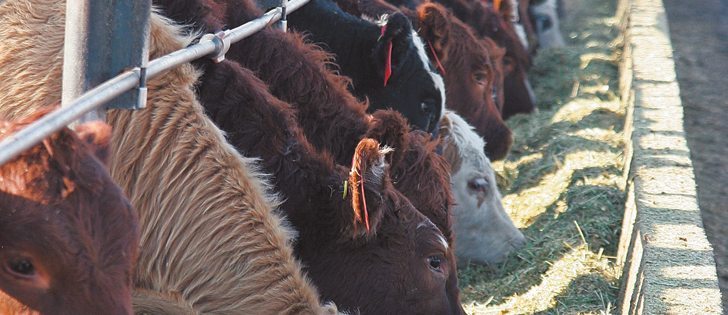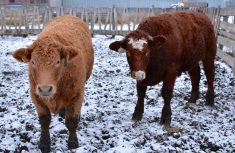Drought-induced price hike could be offset with imports of corn and dried distillers grain from the U.S.
Feed barley prices have had a great run, going from about $3.50 per bushel last fall to slightly more than $5 as of early July.
Prices may rise further, but the drought and production fundamentals in Western Canada are unlikely to be the driver. Corn now controls the feed grain market on the Prairies, says Jim Beusekom, a trader with Market Place Commodities in Lethbridge.
“Now I would say our price discovery is very much (aligned) with what is going on with the corn market,” he said July 2.
Read Also

Critical growing season is ahead for soybeans
What the weather turns out to be in the United States is going to have a significant impact on Canadian producers’ prices
“That’s the biggest change between April pricing and today pricing. We’ve moved to where price is relative to the corn market.”
Beusekom said feed barley is now trading a little over $5 a bushel, delivered to Lethbridge. At that price, importing corn from the United States is economically appealing for cattle feedlots in southern Alberta.
“As you start importing in a (similar) feed commodity at the same price, you’ve hit your ceiling on feed barley and feed wheat. And we’re right there (at the ceiling),” Beusekom said.
“The feedlots, especially in the Lethbridge area, will probably switch to corn. Corn and corn DDGs (dried distillers grain).”
September corn futures were trading around US$4.25 per bushel this week, or around C$5.30.
Corn has recently rallied because of excess rain in the U.S. Midwest and smaller than expected June 1 stocks.
Allen Kuhlmann, who farms near Vanguard, Sask., south of Swift Current, agreed that imported corn will “cap the price” of feed barley.
“I think the barley is as high as it can get, or close to (it),” said Kuhlmann, a Saskatchewan Barley Development Commission director.
Many market analysts and farmers are predicting below average barley production in Alberta and Saskatchewan this year.
A spring drought, with less than 10 millimetres of rain in places, has hindered crop development and will likely hamper yields. Thin stands and short crops are commonplace across the region.
Rod Green of Central Ag Marketing in Airdrie, Alta., said most of the western Prairies is dry or in drought.
“It’s a big area. You basically go from Highway 21 in Alberta … and it’s dry all the way across to Rosetown, (Sask.,) and probably east of Rosetown.”
Some believe a day long rain could salvage the 2015 barley crop, but Kuhlmann disagreed.
“Rain would help, but I don’t think it’s going to get it back to average,” he said.
“Anything seeded reasonably early … the damage is done…. The southwest part of Saskatchewan, there are barley crops that aren’t going to do very much.”
Kuhlmann said he’s better off than most producers in southwestern Saskatchewan because isolated thunder storms dumped anywhere from 12 millimetres to up to 100 mm of rain on his cropland.
“It would depend on what piece of land you’re talking about. As little as a half an inch and as much as 3.5 or four (inches) ,” he said.
“It (the crop) doesn’t look like anything too special, but I have to say that our immediate area is better than some not very far away.”
Jeff Mathieson, who farms near Watson, Sask., about 120 kilometres east of Saskatoon, is also feeling fortunate this year. His barley crop looks great, thanks to rain in early and mid-June.
“It’s a unique situation where I am. We’re not in a drought,” he said.
“I feel bad when I talk to other farmers but we’ve had just about three inches (75 mm) of rain … since we finished seeding at the end of May.”
Beusekom said farmers who have a promising barley crop might want to forward price part of their production.
“(It) is a good strategy. Some guys on irrigation are doing it. They’re pre-selling some of their new crop.”


















